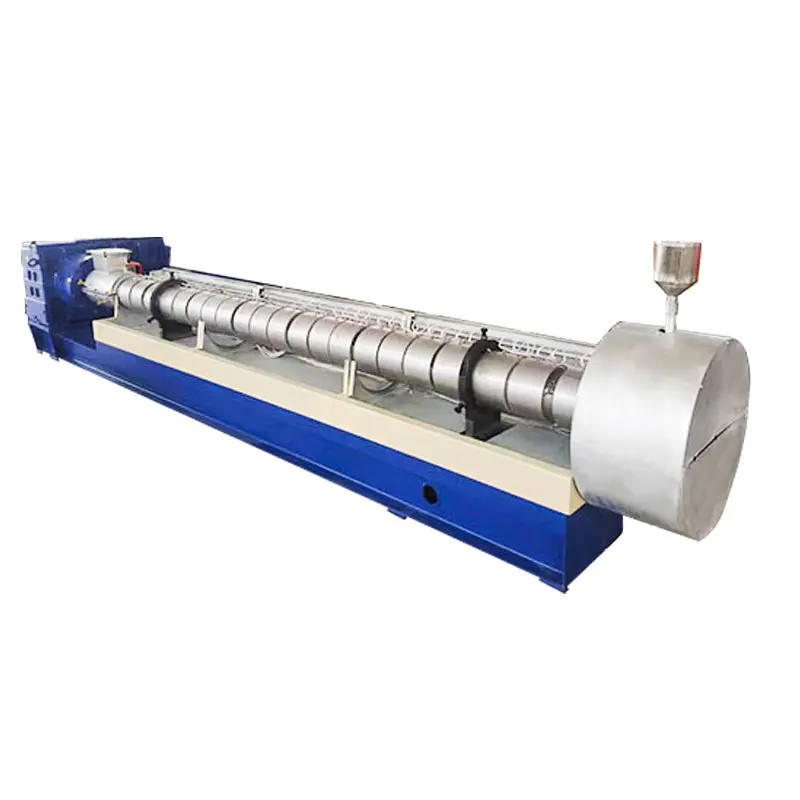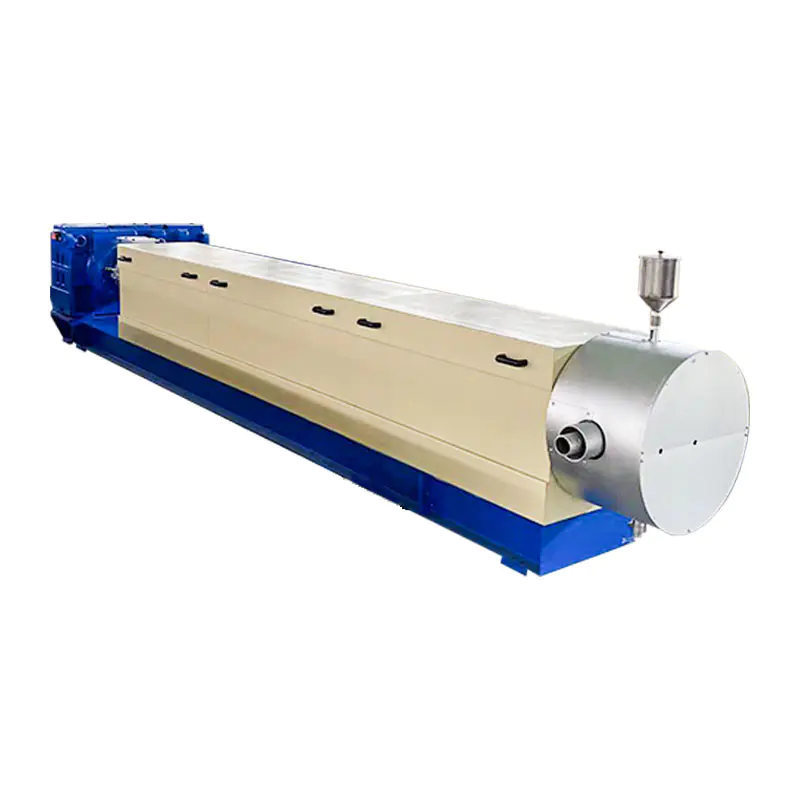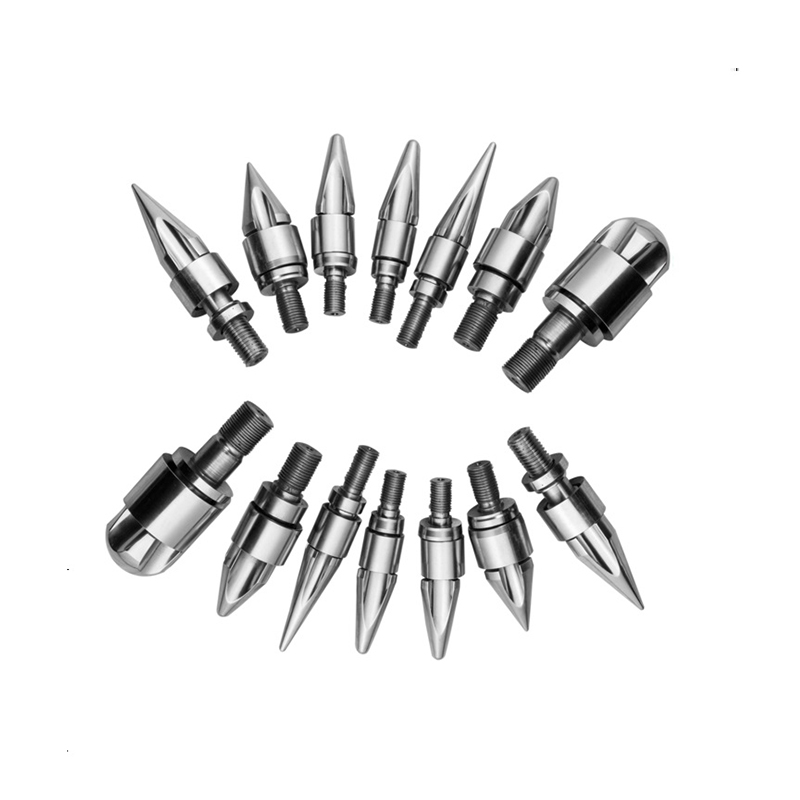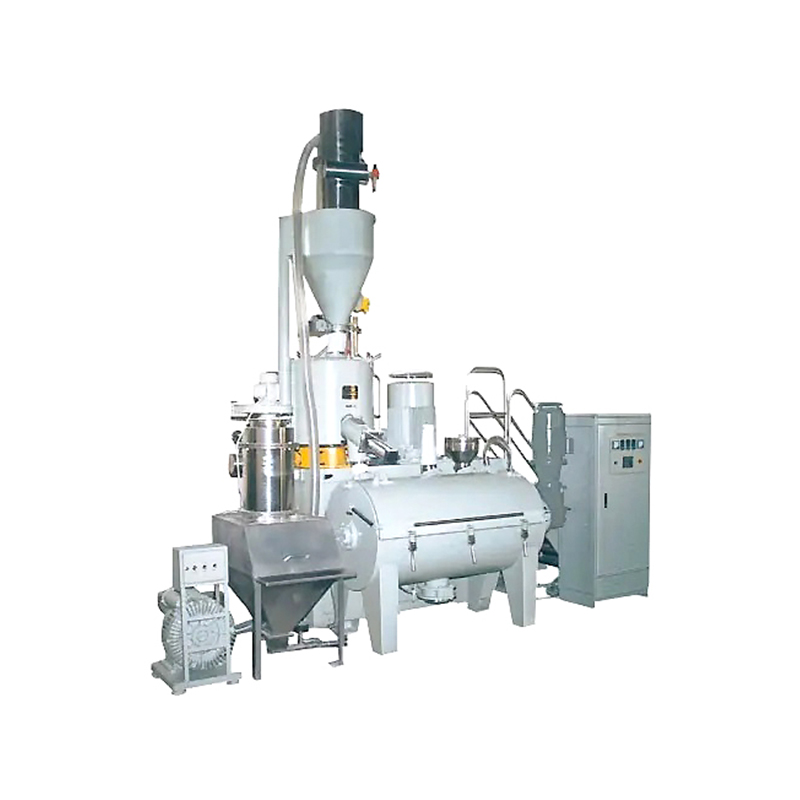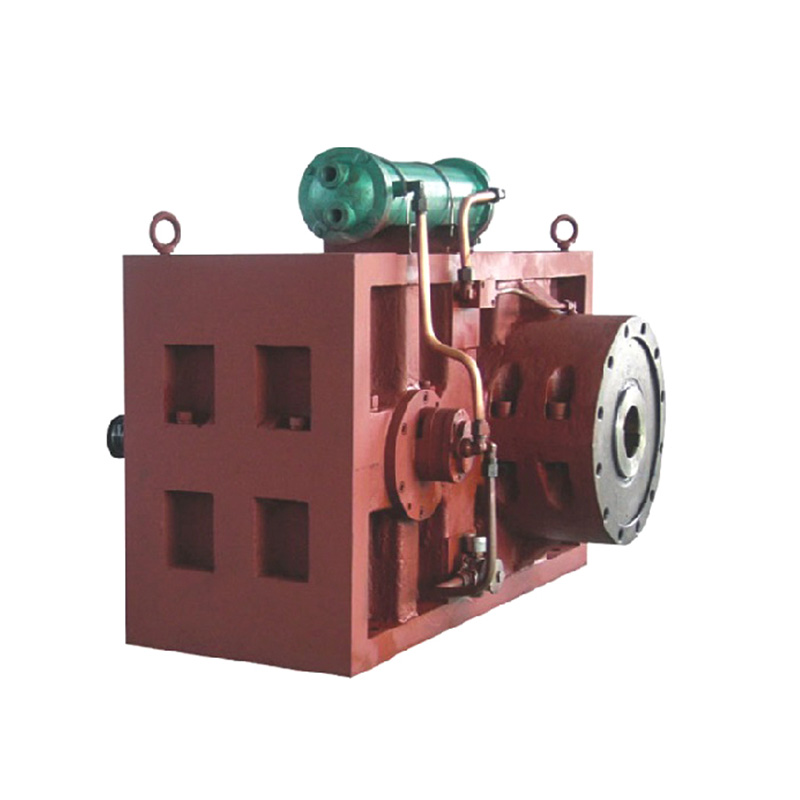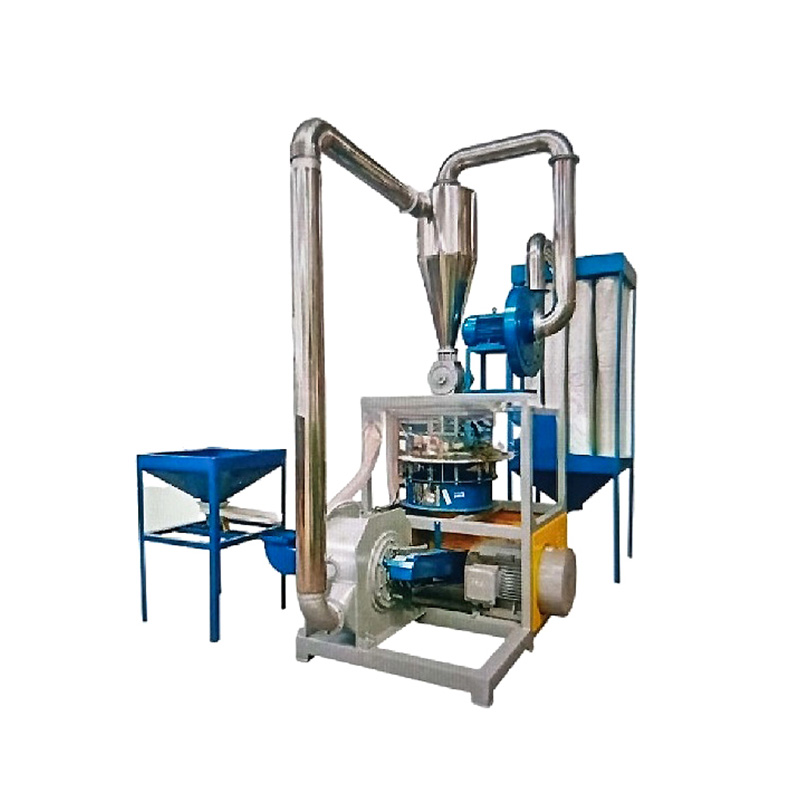Plastic pelleting machines play a critical role in the recycling and manufacturing industries by converting plastic waste or raw materials into uniform pellets. These pellets serve as feedstock for producing new plastic products. Understanding the types of plastics compatible with a plastic pelleting machine is essential for optimizing efficiency, ensuring material quality, and promoting sustainability.
Types of Plastics Processed by a Plastic Pelleting Machine
A plastic pelleting machine is designed primarily to handle thermoplastics, which can be melted and reshaped multiple times without significant degradation. The following categories represent the most common types processed:
-
Polyethylene (PE)
-
High-Density Polyethylene (HDPE): Known for its strength and resistance to moisture, HDPE is widely processed into pellets for bottles, pipes, and packaging materials.
-
Low-Density Polyethylene (LDPE): With flexibility and transparency, LDPE pellets are used in films, bags, and containers.
-
-
Polypropylene (PP)
-
This thermoplastic offers high melting point and chemical resistance. Pellets from PP are common in automotive parts, textiles, and food containers.
-
-
Polyethylene Terephthalate (PET)
-
PET is lightweight and recyclable, making it ideal for pelletizing to produce fibers, beverage bottles, and packaging.
-
-
Polystyrene (PS)
-
Available in solid or foam forms, PS pellets are utilized in insulation, disposable utensils, and consumer goods.
-
-
Polyvinyl Chloride (PVC)
-
PVC requires careful processing due to potential emissions, but it can be pelletized for construction materials like pipes and window frames.
-
-
Other Thermoplastics
-
Includes materials like Acrylonitrile Butadiene Styrene (ABS) for electronics and polycarbonate (PC) for durable goods.
-
Note: Thermoset plastics (e.g., epoxy or phenolic resins) are generally not suitable for plastic pelleting machines, as they cannot be remelted after curing.
Applications of Processed Plastic Pellets
The pellets produced by a plastic pelleting machine serve as raw materials in various sectors:
-
Recycling: Pellets from post-consumer waste are used to manufacture new products, reducing environmental impact.
-
Packaging: Pelletized plastics are molded into bottles, films, and containers.
-
Construction: Pellets form the basis for pipes, fittings, and insulation materials.
-
Automotive and Electronics: Components like dashboards and casings are made from pellet feedstocks.
Comparison of Plastic Types for Pelleting
Different plastics exhibit varying characteristics that influence processing in a plastic pelleting machine:
-
Melting Point: PP and PET have higher melting points (160–260°C), requiring precise temperature control, while LDPE melts at lower temperatures (105–115°C).
-
Moisture Sensitivity: Materials like PET must be pre-dried to prevent degradation during pelleting.
-
Viscosity: Plastics with high melt flow指数 (e.g., HDPE) are easier to pelletize than those with low flow, such as PVC.
-
Contamination Tolerance: Mixed plastics can pose challenges; homogeneous streams yield higher-quality pellets.
A plastic pelleting machine must be calibrated based on these factors to ensure consistent pellet size and material integrity.
Frequently Asked Questions (FAQ)
-
Can a plastic pelleting machine process mixed plastics?
-
While possible, mixed plastics often lead to inconsistent pellets due to varying melting points and properties. Separation by type is recommended for optimal results.
-
-
What is the typical output size of pellets?
-
Pellets usually range from 2–5 mm in diameter, depending on machine settings and material type.
-
-
Are there safety considerations when processing certain plastics?
-
Yes, plastics like PVC may release hazardous fumes if overheated. Proper ventilation and temperature monitoring are essential.
-
-
How does a plastic pelleting machine contribute to sustainability?
-
By converting waste into reusable pellets, these machines support circular economy principles, reducing landfill use and resource consumption.
-
-
Can biodegradable plastics be processed?
-
Some biodegradable thermoplastics (e.g., PLA) are compatible, but they may require lower processing temperatures to avoid degradation.
-
A plastic pelleting machine is a versatile tool capable of processing a wide range of thermoplastics, including PE, PP, PET, PS, and PVC. By understanding the properties and applications of each type, operators can maximize efficiency and product quality.



 عربى
عربى


